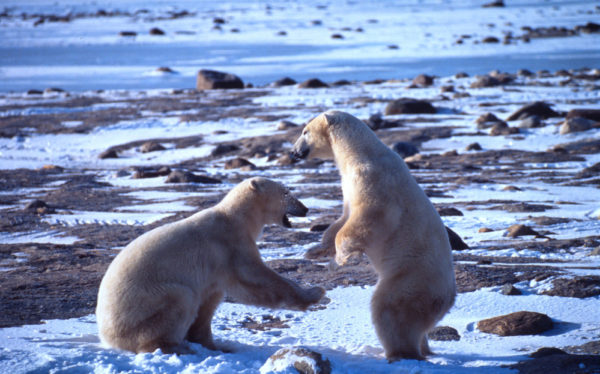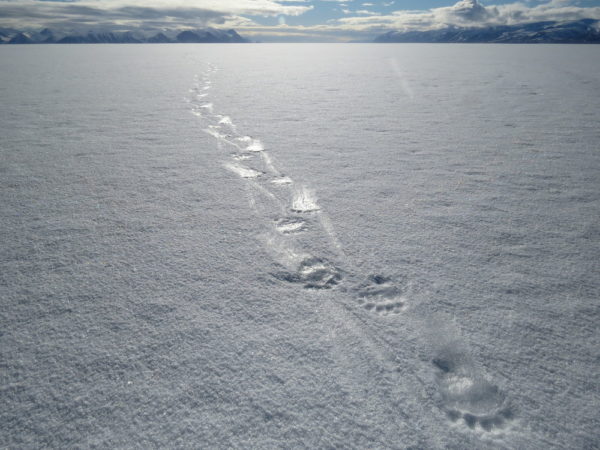Polar bears need help now. Here’s why
There’s good reason to be worried about the future of polar bears.
They need ice and snow to feed and breed, and as climate change warms the Arctic twice as fast as the global average, their habitat is disappearing. At some point, there risks being so little ice that populations will dwindle.
But we’re not there yet. Bears have some ability to adapt and, for the moment, most polar bear populations are stable.

There are still, however, several reasons to be concerned already. Scientists have observed that bears are thinner, fewer cubs are living to a full year and their mothers are forced to swim longer distances to find food.
And now is the time to act – before polar bears are in crisis. World Wildlife Fund Canada is working with Inuit groups to bring traditional knowledge and the best available science together to create a better future for polar bears.
Here’s how:
Protecting habitat
We are advocating for the protection of the polar bear habitat, so when global warming pushes them into the last remaining ice areas those habitats won’t be already damaged by human activity. This summer, decades of work culminated in protections for Tallurutiup Imanga (Lancaster Sound), home to one of the largest populations of polar bears in the world. Tallurutiup Imanga is part of the Arctic’s Last Ice Area. Now we’re working for more of it to be protected.

Population research
WWF-Canada funds research into population numbers, and studies of how polar bear cubs and families are faring.
Denning area awareness
We raise awareness about the location of polar bear denning areas and advocate for proper protections as part of the Nunavut Land Use Plan.

Preventing human-polar bear conflict
Our ongoing work with Inuit communities on monitoring and patrol programs aims to see zero bears killed by coming into communities and threatening residents in their search for food.
Declining sea ice studies
We support research into polar bear movements connected to declining sea ice. This includes attaching satellite tracking devices to bears to help us understand habitat issues. WWF-Canada also supports studies into how reductions in sea ice will affect the distribution of polar bears in the Arctic.
Fragmenting habitat monitoring
We monitor the effects of proposed ice-breaking in polar bear habitat.
Stopping climate change
WWF-Canada is committed to 100 per cent renewable energy by 2050 to slow climate change, and works to see that communities transition from fossil fuels to habitat-friendly renewable energy.
